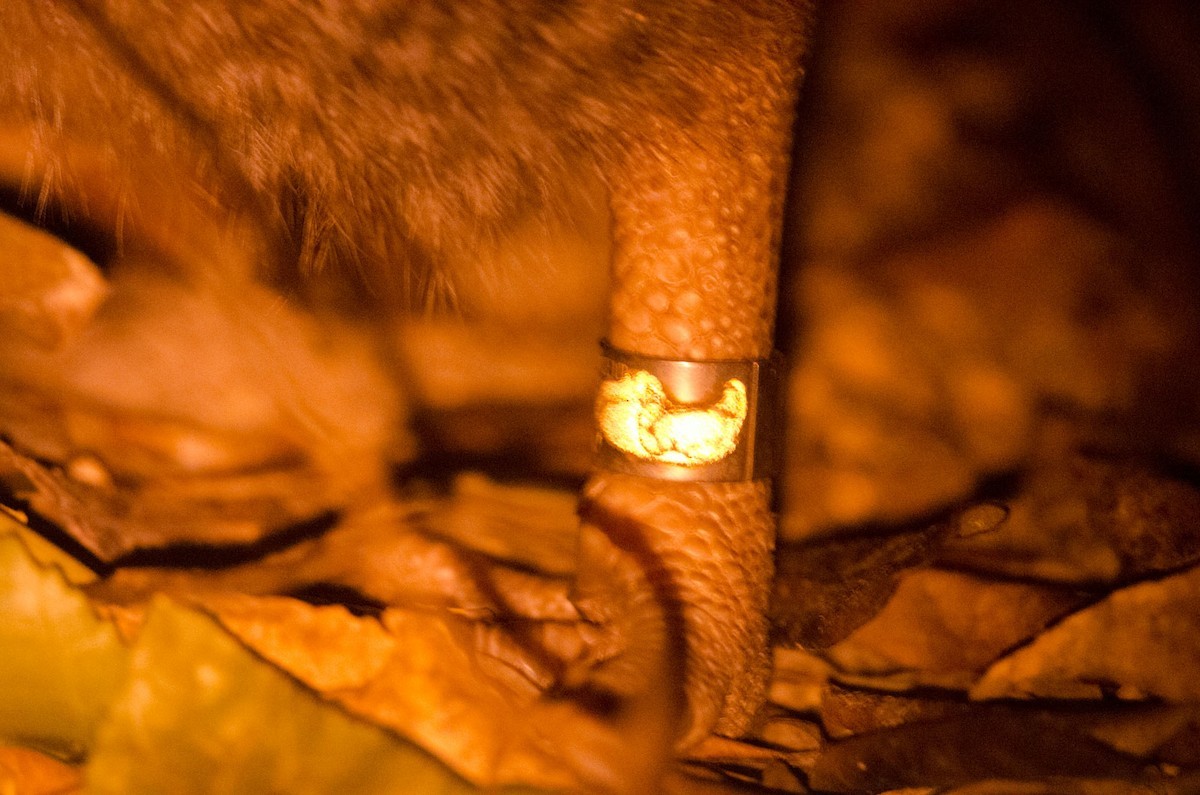Little Spotted Kiwi
A species of Kiwis Scientific name : Apteryx owenii Genus : Kiwis
Little Spotted Kiwi, A species of Kiwis
Botanical name: Apteryx owenii
Genus: Kiwis
Content
Description General Info
 Photo By Nikolaj Mølgaard Thomsen
Photo By Nikolaj Mølgaard Thomsen Description
The little spotted kiwi has a length of 35 to 45 cm (14–18 in) and the weight of the male is 0.88 to 1.36 kg (1.9–3.0 lb) and the female weighs 1 to 1.95 kg (2.2–4.3 lb), making it the smallest species of kiwi. Their feathers are pale-mottled grey, with fine white mottling, and are shaggy looking. They lack aftershafts and barbules. They have large vibrissae feathers around the gape. They lack a tail, but have a small pygostyle. Their bill is ivory and long and their legs are pale. 
Size
45 cm
Life Expectancy
45 years
Nest Placement
Burrow
Feeding Habits
Little Spotted Kiwi is nocturnal, foraging solitarily by probing soil and decayed wood with its bill, primarily for earthworms, spiders, and other invertebrates. It also consumes some plant matter like fallen fruit and leaves, using its keen sense of smell to locate food.
Habitat
Little Spotted Kiwi occupies diverse forest habitats, thriving in temperate regions from sea level to 1000 meters in elevation, mainly across hilly terrain. Favored environments include evergreen and mature deciduous forests with a thick understory, bordering forest-scrub and grasslands. They show a preference for flax-dominated habitats and older forests, while their presence is less common in rough grasslands and scrublands.
Dite type
Omnivorous
General Info
Feeding Habits
Bird food type
Behavior
Little spotted kiwis eat grubs and other small insects that are found underground, and occasionally eat berries. Using its sharp talons and long beak, it digs into the ground and then shoves its long beak down the softened ground. Since they can't fly to get to insects or food on trees and their eyesight is very poor, they depend on a keen sense of smell, long beak and talons.They are also nocturnal. Little spotted kiwi call occasionally each night to advertise territory and to maintain contact with partners. Often pairs will duet. They are very territorial, and fight conspecifics with their sharp claws, resulting in many feathers on the ground. 
Species Status
At the time it was described, the species was common on the western side of the South Island and in Marlborough. Then a regular trade in skins sprang up and large numbers were collected for European museums. Further, with the advance of European settlement, birds were killed by prospectors and others for food and their attendant dogs and cats took their toll. The species was extinct on the North Island by 1938 when the last four South Island birds were moved from d'Urville Island to the population that had been established on Kapiti Island. After they were released on Kapiti Island, they were also moved to Red Mercury Island, Hen Island, Tiritiri Matangi Island, Chalky Island, and Long Island in the Queen Charlotte Sound. In 2000, about 20 little spotted kiwis were released into Karori Wildlife Sanctuary. This was the first time since the 19th century that little spotted kiwis could be found on the mainland of the North Island.In 2015, 20 kiwis were translocated from Kapiti Island to Anchor Island. As the smallest species of kiwi, the little spotted kiwi would be very vulnerable to the main kiwi predators like cats, dogs, and stoats, however it is now restricted to several off-shore island reserves (mainly Kapiti Island) which are mostly free of introduced predators. The little spotted kiwi's conservation status is listed as "range restricted" (by 'Save the Kiwi'), with a growing population. Formerly classified as "vulnerable" by the IUCN, it was suspected to be more numerous than generally assumed. Following the evaluation of its population size, this was found to be correct, and it was consequently downlisted to "near threatened" status in 2008 as, although not rare, its small range puts it at risk. The lack of predators, apart from weka (Gallirallus australis), is important to its increasing numbers. It has an occurrence range of 31 km (12 sq mi), and a population of 1600 was estimated in the year 2012. 